Estimated reading time 11 minutes, 24 seconds.
When Sgt Tim Blindback heard the Royal Canadian Air Force (RCAF) was looking for volunteers to provide tactical datalink expertise to a U.S. Northern Command exercise in the Arctic in late February, he didn’t hesitate. In fact, he even volunteered four colleagues to join him.
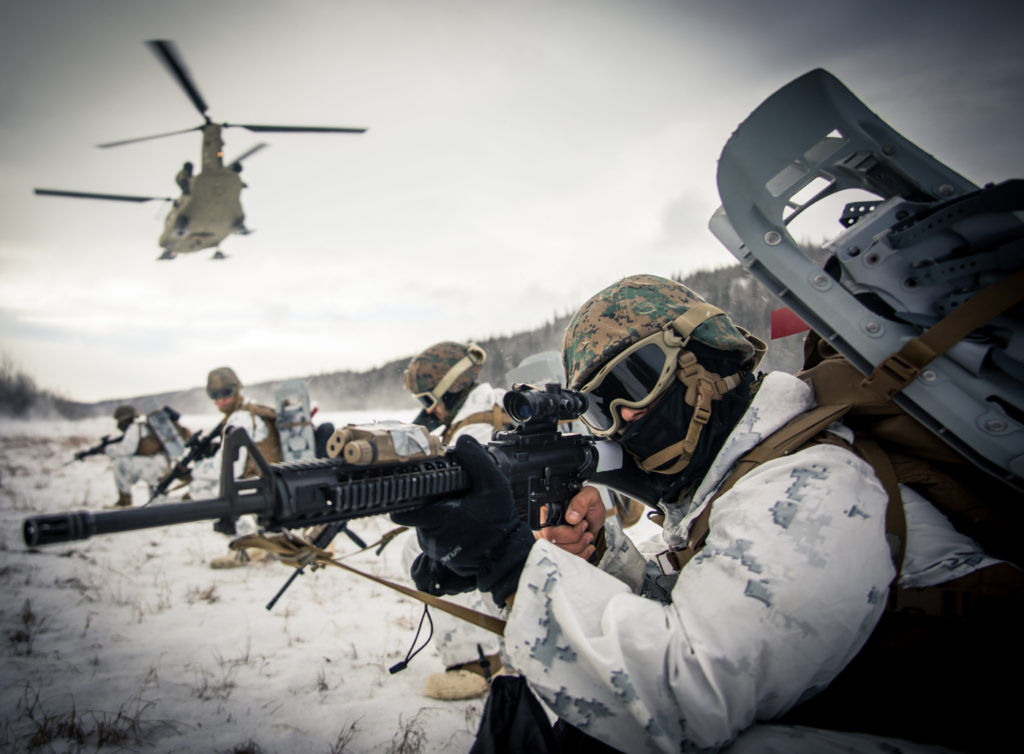
Arctic Edge is a biannual exercise led by Alaska Command, a subordinate command to USNORTHCOM headquartered at Joint Base Elmendorf-Richardson. In previous iterations, Canadian aerospace controllers had travelled north to manage air traffic control and tactical assets such as fighter jets and tankers. On this occasion, with the Canadian Army’s 4th Artillery Regiment (General Support) deploying its new Medium Range Radar (MRR) for the first time with a U.S. Marine Corps Air-Ground Task Force, planners needed tactical datalink specialists.
Blindback, a Joint Interface Control Officer with 21 Aerospace Control and Warning Squadron at 22 Wing North Bay, Ont., the Canadian Air Defence Sector for NORAD, and one of the Air Force’s foremost authorities on Link networks, immediately recognized that communicating was going to be a challenge.
Though the Alaska NORAD Region (ANR) had communications infrastructure and command and control systems to support the exercise, there was no Link 16 network to connect the MRR in the field to the exercise command centre. However, though the radar troop and Marines would be dispersed and “in the boonies” during the exercise, they could receive a cellphone signal.
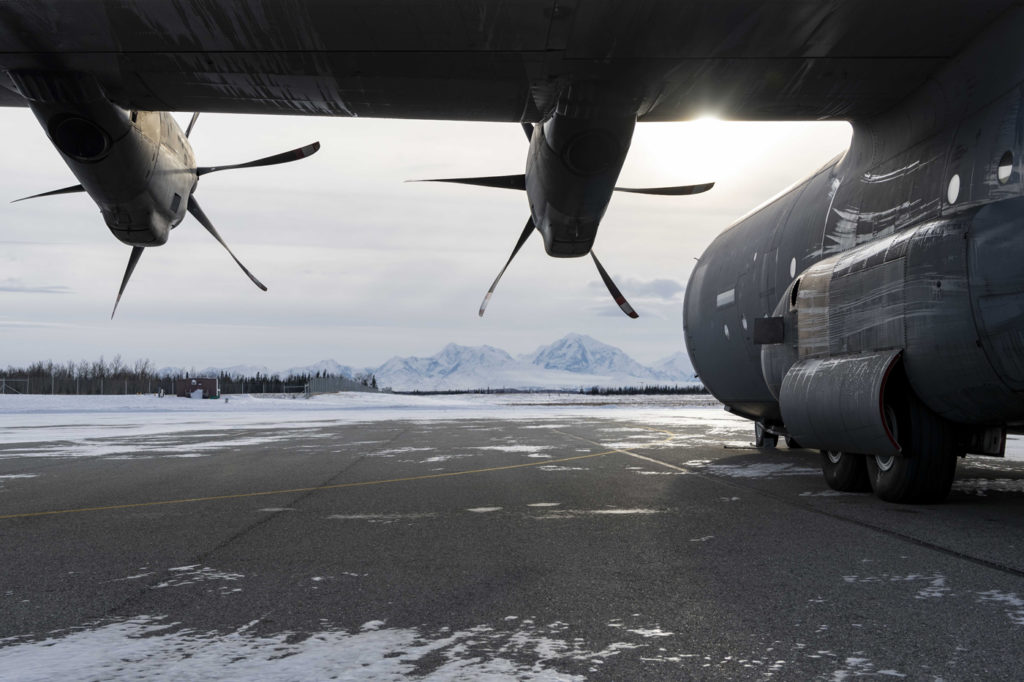
Blindback suggested sending a little-known RCAF spoke kit, so-called because of its hub and spoke architecture.
The magic box, as others quickly dubbed it, “allows you to get that communications infrastructure, no matter where you are in the world, as long as you have some basic rules,” he explained. “The box allows you to plug in a cell phone and as long as you have internet connectivity in any way, shape or form, you can get a good, secure connection back to home base and out into the world.”
The radar troop, based at 5th Canadian Division Support Base Gagetown, N.B., made a pitstop at Best Buy before heading north and bought a 4G modem puck and a sim card. When they plugged it into the spoke kit in the back of their LAV II Bison, “boom, we had connectivity,” said Blindback. “We were able to create a computer network and configured the system to pass Link 16 data over the computer network rather than over radio frequency.”
The significance of that became apparent as radios and other equipment used by various Marine, U.S. Army and National Guard units froze or otherwise experienced firmware failures in the frigid Arctic conditions. The spoke kit not only connected the MRR to the exercise command, it also provided the air picture to the Canadian and Alaskan regional NORAD command centres and the national chains of command, including Canadian Joint Operations Command in Ottawa.
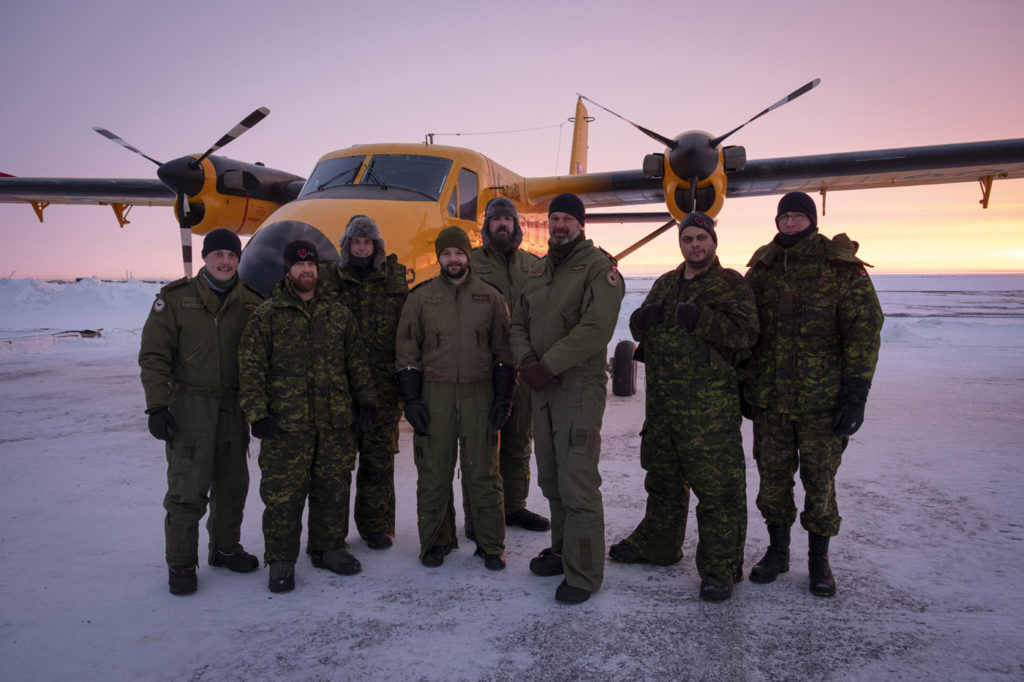
“That was huge because we did not have that capability before,” said LCol Scott Marshall, commanding officer of the Canadian Detachment at Joint Base Elmendorf-Richardson and the commander of the Canadian national elements during the exercise. “[The Link and MRR teams] were the star of the show. They got to do a lot more than we expected, even with the grand scale of this exercise.”
For those used to readily available cellular networks, getting two systems to share data might not seem that remarkable. But “having it actually communicate with NORAD, because of the encryption and all the different computer systems and software languages, was a marvel,” said Lt Travis Fryxell, an artillery officer with the 4th Artillery Regiment (GS).
Their critical contribution of greater situational awareness of all air assets in the area was essential to the exercise.
No one had ever envisioned deploying the spoke kit – two heavy servers in a large Pelican case – in the back of an armoured vehicle, admitted Blindback. Though it was “overkill” for the purposes of Arctic Edge, it was a creative solution and an example of how to “make the best use of what you have at the time.
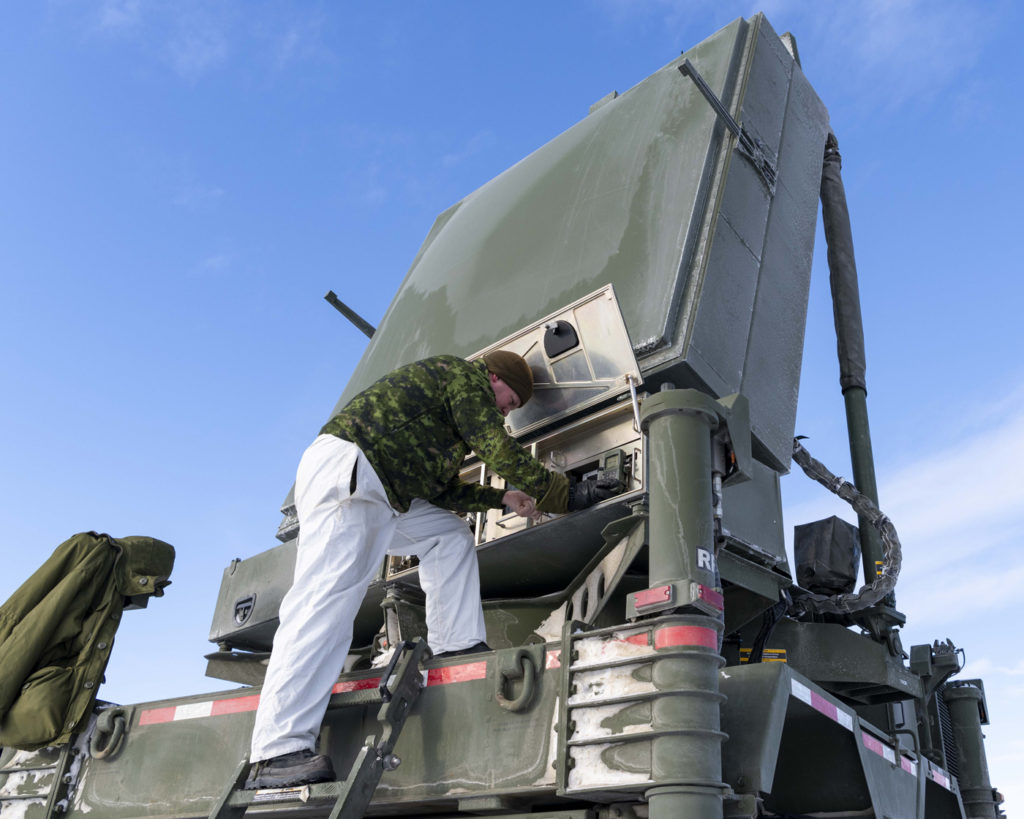
“It was never intended for that purpose. It was designed to support forward deployments in other countries, like standing up a headquarters,” he explained. “It was meant to serve every possible network need that you might require. We only wanted connectivity to one network. But we saw the opportunity and we happened to have one for use. It took a lot of work to get it into place, but it worked out really well.”
NICHE CAPABILITIES
One of the last exercises before COVID-19 restricted large-scale collective training, Arctic Edge is intended to improve Arctic readiness of both Alaska-based troops and supporting units from across the U.S. For the RCAF and other Canadian Armed Forces units, it’s an opportunity to practice the integration of what are often specific and, at times, unique capabilities into complex coalition operations.
In 2020, Arctic Edge also provided the overarching context for two other overlapping exercises, Arctic Eagle and ICEX. Though primarily an exercise for National Guard forces, Arctic Eagle included a chemical, biological, radiological, nuclear and explosive scenario that involved a 10-soldier team from 39 Canadian Brigade Group. ICEX, a U.S. Navy submarine exercise on and under the Arctic ice, included supply support from 440 Transport Squadron in Yellowknife, N.W.T.
RCAF aircraft and crews were pivotal throughout Arctic Edge and ICEX. A CC-130J Hercules from 436 Transport Squadron provided troop transport and materiel and air drops, including a U.S. Army paratroop jump near Fort Greely, Alaska. Two CC-138 Twin Otters from 440 Squadron conducted medevac flights and transport of supplies and personnel into austere locations, including sea ice landings at Camp Seadragon on an ice floe about 240 kilometres from the Alaskan coast during ICEX.
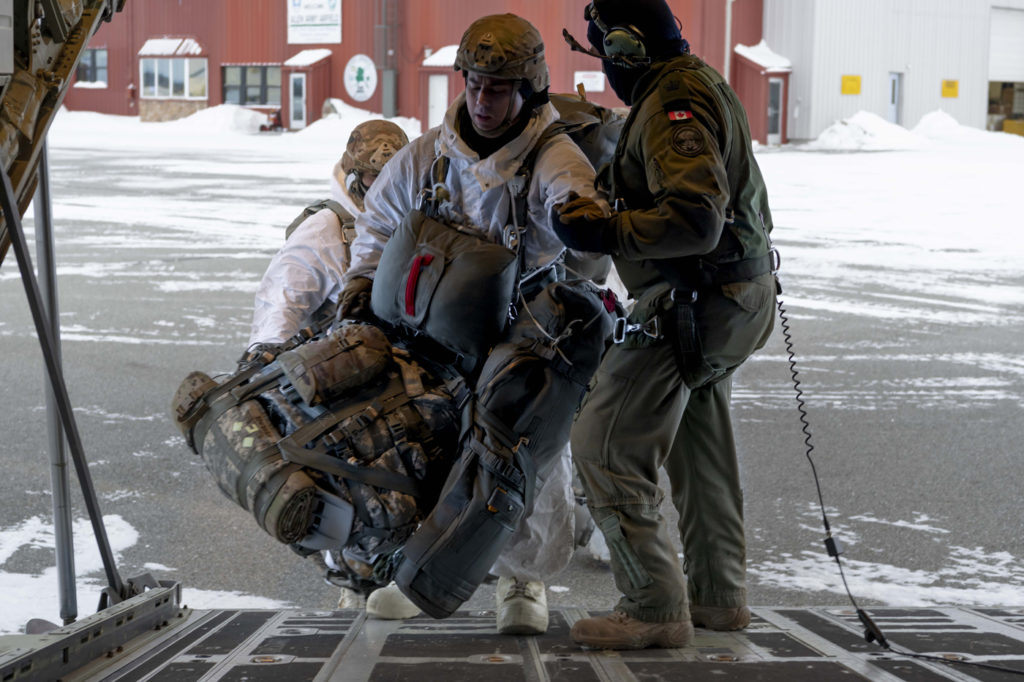
“That far out on the ice, it is riskier for the big Hercs to land,” said Marshall of the U.S. Navy’s C-130J Hercules. “[For] the Twin Otter, it is easy in and out of there. They were really thrilled to get the support from 440 to do that.”
“The U.S. Navy is picking up some Twin Otters, so they had a pilot observing during most of ICEX to see how 440 pilots conduct operations and learn from the subject matter experts on Arctic ops with skis and Twin Otters,” he added.
Though a fighter jet scenario was not part of Arctic Edge this year, two CF-188s became part of ICEX, along with U.S. F-22 Raptors and a KC-135 Stratotanker and E-3 Sentry aircraft, when two Russian Tu-142 maritime reconnaissance planes entered the Alaskan Air Defense Identification Zone on March 9, likely to monitor Seawolf-class fast-attack and Los Angeles-class fast-attack submarines taking part in the exercise.
“The units that were participating all had niche capabilities that the Americans didn’t,” said Marshall, who commands a team of over 30 Canadians embedded with U.S. units, including the 176th Air Defense Squadron, the 962nd Airborne Air Control Squadron, and the 611th Air Operations Center. “These exercises not only helped to highlight what the RCAF and the Canadian Army can do, but … they [allowed us] to operate with non-traditional American NORAD units. A lot of [the Americans] were from outside of Alaska, so it was an eye-opener for them.
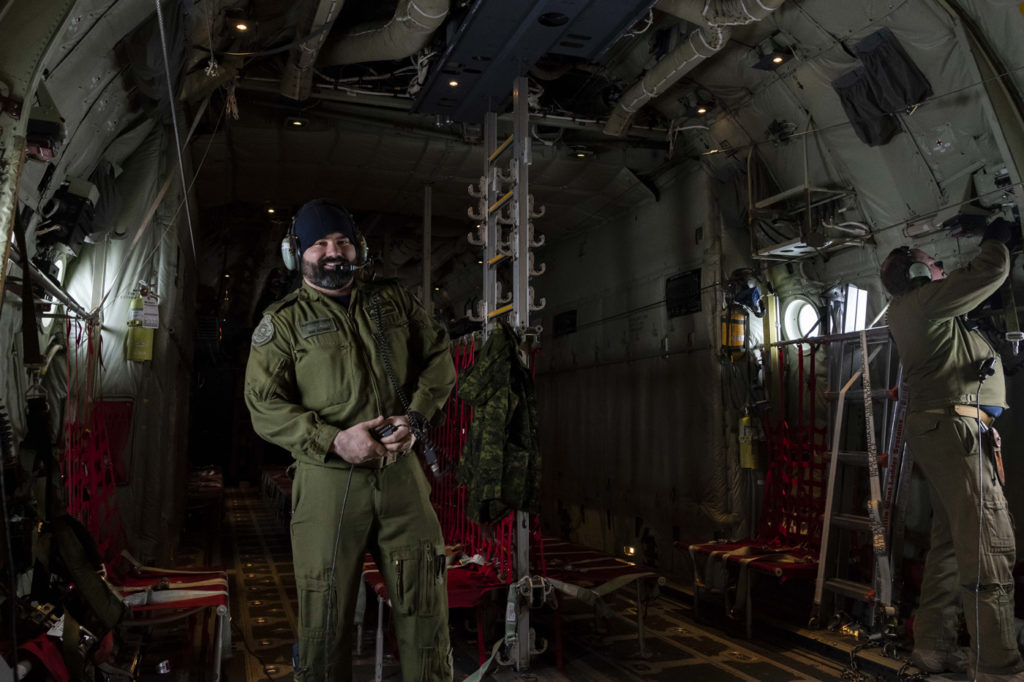
“Our preparedness for operating in these conditions is much higher and at a steady state because of where we live and what we do in day-to-day operations,” he noted. “Our Hercs are consistently working in the Arctic … and, of course, our Twin Otters just live there.”
VALIDATING SUB-ARCTIC OPS
It was the spoke kit and medium range radar, however, that garnered much of the high-level attention.
The MRR is a ground-breaking capability for the Army, bringing together what were previously separate air defence and surveillance target acquisition in one platform. Acquired in 2018, it was initially intended to detect and locate sources of indirect fire such as rocket propelled grenades, mortars, rockets and other munitions that were fired at bases in Afghanistan. But in air defence mode, it can identify friend or foe targets such as aircraft at great distance.
The 4th Artillery Regiment troop provided both capabilities to the Marines during the exercise. They were even able to set up and connect two MRRs, a primary and secondary radar, at a staging area near Fort Greely, and validate and consolidate data that was then passed up to NORAD. “That was a first for us,” said Fryxell.
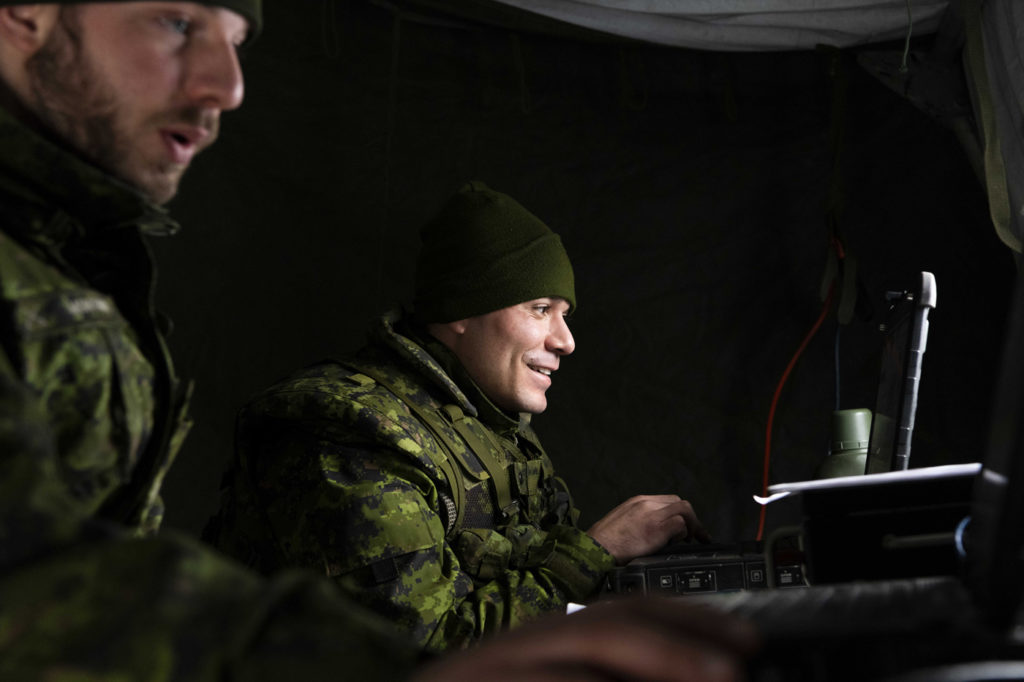
“I don’t think [the marines] believed we would be as important in their planning process as we were,” he added. “When we first showed up, they didn’t really have an idea of how they would fit us in. They didn’t know the capability, which a lot of people don’t. But this was a great opportunity for our guys to work with them and share that information.”
The Regiment itself is still learning what the MRR can do, he noted, and Arctic Edge helped validate Arctic operations, tactical datalink (TDL) connectivity in extreme environments, and the troop’s winter warfare skills.
“There were a lot of lessons learned that we can take away from this. The single thing was validation that this system can operate in sub-Arctic conditions. That means we could potentially support the radars that cover our defence through NORAD, if one of the Air Force radars goes down,” he said.
For Blindback’s 22 Wing team, which was co-located with the exercise headquarters and served as the bridge to the MRR troop in the field, being able to provide the HQ staff with a complete air picture, including blue force tracking, and facilitate text messaging and basic chat over a secure connection, was gratifying.

“The Americans were ecstatic. They were able to look at the Ex staff and say, ‘We have active TDLs in the field.’ That was something they weren’t able to accomplish domestically because of those problems with the equipment failures,” he said. “It gave the Ex the only TDL component that it would have had otherwise, and it proved Canada can show up and get stuff done.”
That the spoke kit was even in Alaska was due in no small measure to Blindback’s persistence. When he first proposed deploying it, few in the RCAF or Army had ever heard of it. Five weeks and numerous pages of emails later, he created enough awareness and understanding to gain approval.
With the spoke kit now proven in a complex exercise, one goal is to “attack” the paperwork so that the next deployment will be easier and faster. Another is to explore what might be possible with a smaller and less power-hungry version.
“The Army now has some good ideas they can pursue to get better connectivity out in the field,” he said. “And I can guarantee the Air Force is going to want something smaller, too. The current spoke kit is great for standing up headquarters, not great for standing up tactical units with a small footprint and low power capabilities.”
Exactly what the Canadian contribution will be for Arctic Edge and affiliated exercises in 2022 remains to be seen, but with Gen Mark Milley, chairman of the Joint Chiefs of Staff, declaring the Arctic event will be a “directed exercise for all of the Army, Navy, Marines and Air Force, I suspect the scale will increase dramatically,” said Marshall.

